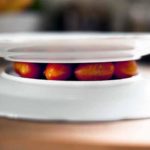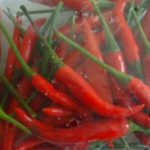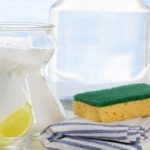Proper food storage methods and guidelines for refrigerator food storage are essential knowledge for any home cook. Let’s explore these topics and answer some common questions in this article.
1. Where Should You Store Food in the Refrigerator?
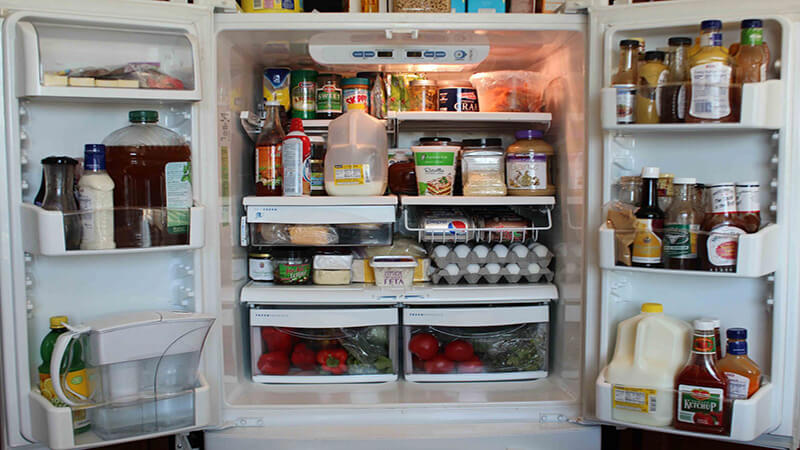 Food Storage Locations
Food Storage Locations
Freezer Compartment
The freezer compartment, with its extremely low temperatures, is ideal for storing fresh foods such as , , . It’s also a great place to make ice cubes, , or ,…
 Freezer Compartment
Freezer Compartment
Refrigerated Compartment
Door Shelves
The door shelves are the warmest part of the refrigerator and are best suited for storing spices and condiments. The bottom door shelf is ideal for heavier items.
Top Shelf
The top shelf has a moderate temperature, perfect for preserving freshness and distributing cold air. It’s commonly used for storing leftovers, , and ready-to-eat foods.
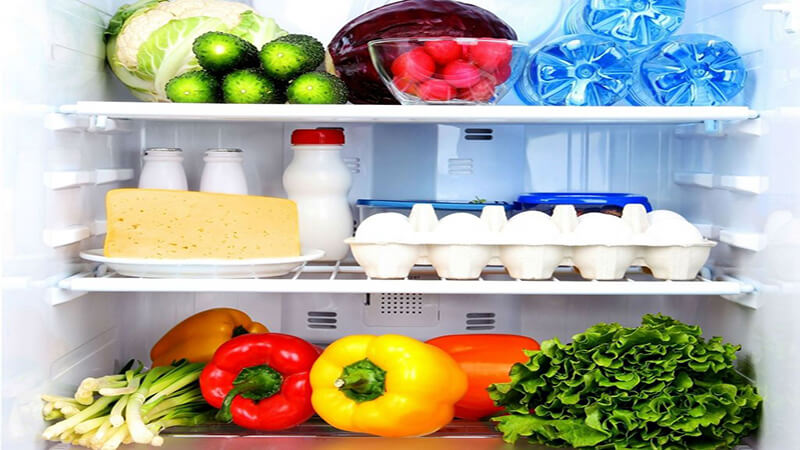 Refrigerated Compartment
Refrigerated Compartment
Lower Shelves
The lower shelves are suitable for , milk, and foods you want to thaw. However, make sure to wrap or containerize these foods to prevent water dripping onto other items.
Crisper Drawers
The crisper drawers provide an ideal environment for storing and due to their moderate temperature and maintained humidity levels.
2. How to Store Special Types of Food?
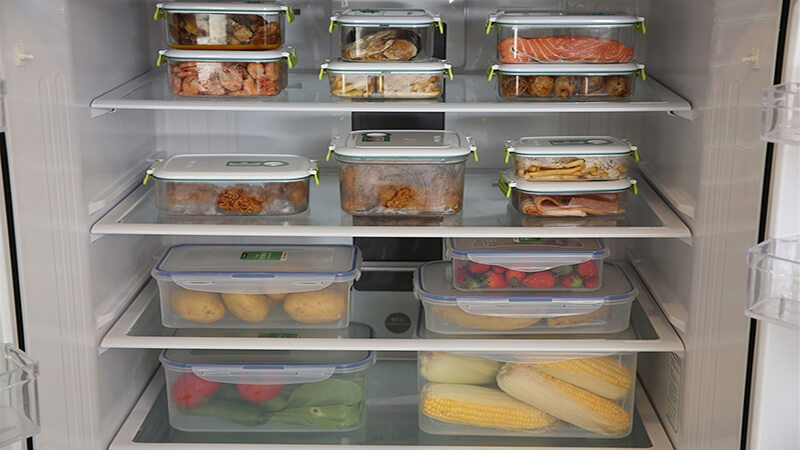 Use Airtight Containers to Prevent Odor Transfer
Use Airtight Containers to Prevent Odor Transfer
Here are some tips for storing special types of food:
Spices and Herbs
Strong-smelling foods like , spices, and herbs should be stored in airtight containers to prevent odor transfer to other foods.
Nuts and Vegetable Oils
Store nuts and vegetable oils in the refrigerated compartment to prevent infestation and prolong their shelf life.
Starchy Foods
Starchy foods like , cakes, and pastries should be stored in or airtight containers in the refrigerated compartment. This prevents dryness and prolongs their freshness.
Champagne
Champagne is best stored on the top shelf, where temperatures range from 4°C to 5°C. This temperature range preserves the champagne’s compounds, preventing chemical changes and spoilage.
3. What Foods Should Not Be Stored in the Refrigerator?
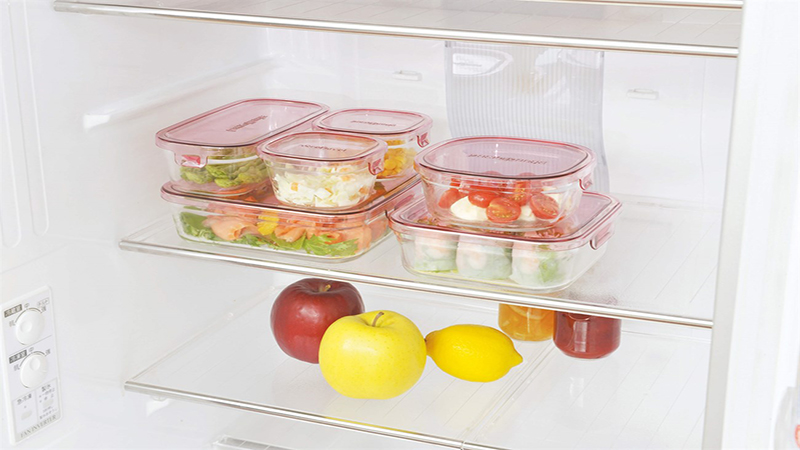 Proper Food Storage
Proper Food Storage
The following are some types of food that should not be refrigerated:
Sprout-prone Foods
Foods like , should not be refrigerated as they can produce toxic compounds and transfer odors to other foods.
Coffee Beans and Ground Coffee
Cold temperatures can cause coffee to lose its aroma and impart its flavor to other foods. However, you can store used coffee grounds in the refrigerator to absorb odors.
Tomatoes, Avocados, and Green Bananas
These fruits do not ripen well in the cold and may become mushy. Store them in a cool, dry place away from direct sunlight.
4. Guidelines for Storing Food in the Refrigerator
 Regularly Clean Your Refrigerator
Regularly Clean Your Refrigerator
Here are some guidelines to follow when storing food in the refrigerator:
Use Dedicated Food Storage Containers
Using containers helps prevent odor transfer and keeps your refrigerator organized and tidy.
Arrange Food by Expiration Date
Place foods with nearer expiration dates at the front of the door shelves to ensure they are used before spoiling.
Label Food Items
Use labels to indicate the type of food and its expiration date. This simplifies food management and makes it easier to find ingredients.
Regularly Clean Out the Refrigerator
Dedicate one day a week to cleaning the refrigerator to check food items and maintain a hygienic and odor-free environment.
We hope these tips on food storage in the refrigerator help you keep your food fresh and safe. Bon appétit!
refrigerator-odors/’ title=’Uncovering 10 Astonishing Methods to Neutralize Refrigerator Odors’>Uncovering 10 Astonishing Methods to Neutralize Refrigerator Odors
Ten Strategies to Streamline Your Cooking Process
Are you a busy housewife looking for ways to save time in the kitchen? Did you know that flossing can also help you out? Check out these 10 tips to help you quickly and easily prepare delicious meals for your family. Learn how to peel garlic in 10 seconds and cut cherry tomatoes quickly for a healthy and tasty meal.
4 Strategies for Storing Chili for One Month
Do you want to enjoy the fresh, spicy flavor of chili peppers all month long? Look no further! This article provides tips and tricks for storing chili peppers so that they stay fresh and flavorful for up to a month. Learn how to best preserve your peppers and savor their zesty taste for weeks to come.
Discover the Quickest Way to Clean Your Fridge for Tet in Under 20 Minutes
As we approach Tet, preparations for the New Year can seem endless. From cleaning the house to sorting through cabinets, it can be a taxing process. But perhaps the most dreaded New Year chore is refrigerators. No need to fret, though – with these helpful tips, you’ll have a clean fridge in no time – just 20 minutes!
Preserving Leftover Food from the Tet Holiday
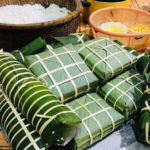 Food from the Tet Holiday’>
Food from the Tet Holiday’>With the beginning of the Lunar New Year, many households are stocking up on food to celebrate the festive occasion. While keeping food in the refrigerator is convenient, it can also be harmful to users if not done correctly. We have compiled a few tips to help ensure food remains fresh and safe to consume during Tet.



























